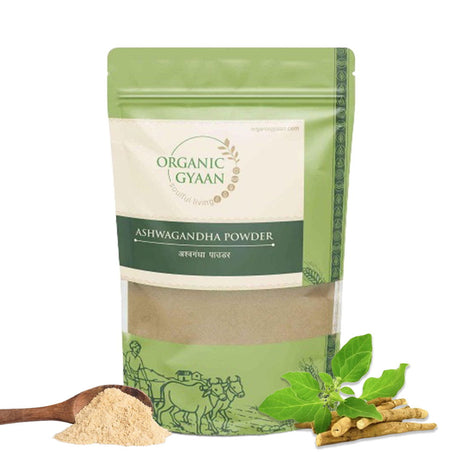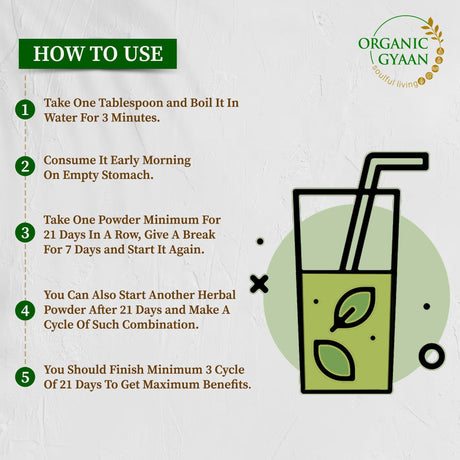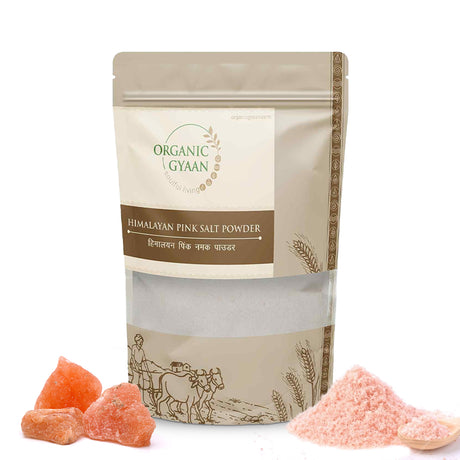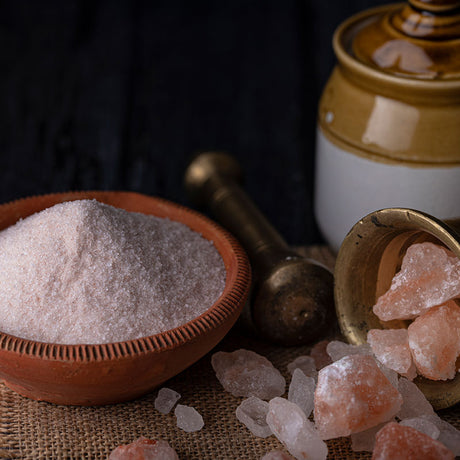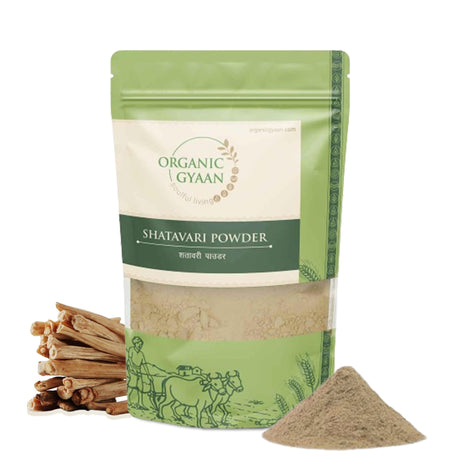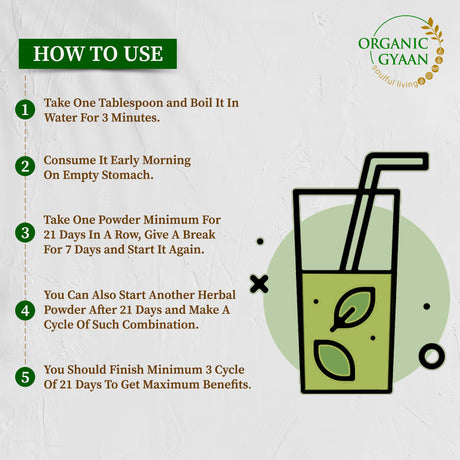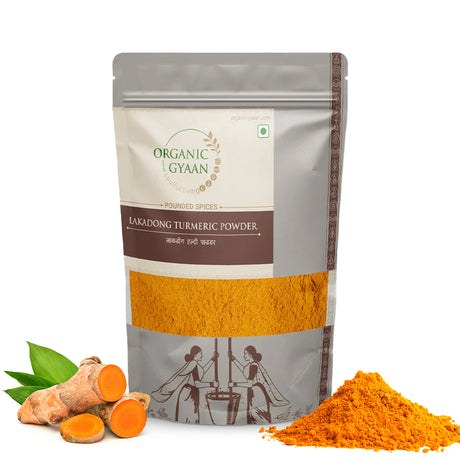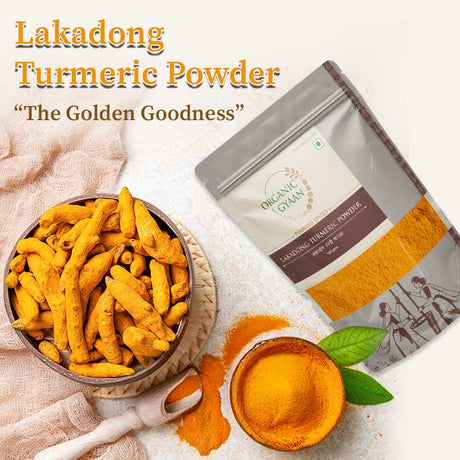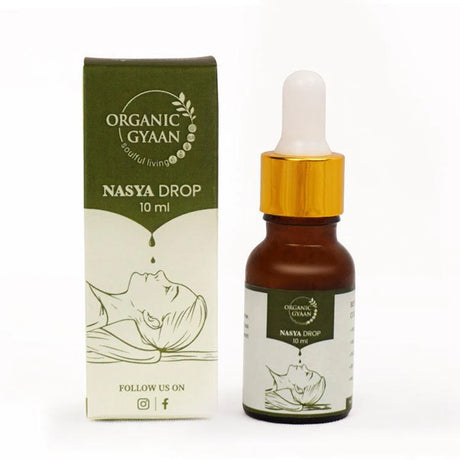What if I told you your favorite comforting bowl of pongal could also help manage your weight, support your digestion, and keep your energy steady? That’s the magic of millet pongal—a beautiful fusion of tradition and modern nutrition.
We all love a warm bowl of pongal—it's simple, filling, and oh-so-soothing. But when you swap the usual rice with millets, the dish becomes even more powerful. Millet pongal is not just a tasty meal; it’s one of the smartest swaps you can make in your everyday diet.
In this blog, I’ll walk you through why millet pongal is worth trying, how to make it with love (and ease!), and how this humble dish can be a game-changer for your health.
So, What Exactly Is Millet Pongal?
Pongal is a South Indian comfort food made with rice and moong dal (yellow lentils), flavored with black pepper, ginger, and a tempering of spices in ghee. It’s creamy, cozy, and often eaten for breakfast or even dinner.
Now imagine that same dish—but made with millets instead of white rice. The result? A lighter, more nutrient-packed version of pongal that’s just as comforting but even better for you.
And that’s millet pongal—same taste, more health!
Why Make the Switch to Millet Pongal?
Here’s the deal: Millets are ancient grains that our ancestors ate regularly. Somewhere along the way, we shifted to polished white rice and wheat, which offer fewer nutrients and often spike our blood sugar.
Here’s why bringing millets back—especially through a dish like millet pongal recipe—just makes sense:
1. More Nutrition in Every Bite
Millets are loaded with fiber, protein, and minerals like magnesium and iron. They keep you full longer and provide steady energy. No food comas here!
2. Great for Blood Sugar and Diabetes
Unlike white rice, most millets have a low glycemic index, which means they don’t cause sudden spikes in blood sugar. Studies show that regular millet intake helps improve insulin sensitivity. So yes—millet pongal is a smart choice for people with diabetes.
3. Good for Digestion
Millets are naturally gluten-free and easy on the gut. When cooked with moong dal, you get a meal that’s light, soothing, and kind to your stomach.
4. Supports Weight Loss
Because millets are high in fiber, they keep you full for longer. You’ll eat less, snack less, and still feel satisfied. A bowl of millet pongal is comfort food that doesn’t weigh you down.
Millet Pongal Recipe: Your Step-by-Step Guide
Alright, ready to get cooking? Here's a simple millet pongal recipe that you can whip up in under 30–40 minutes. You don’t need any fancy ingredients—just basic kitchen staples and a little bit of love.
Ingredients:
- ½ cup millet (foxtail, kodo, or little millet are all great choices)
- ¼ cup split yellow moong dal
- 1 tsp cumin seeds
- 1 tsp black pepper (crushed or whole)
- 1 tsp grated ginger
- 8–10 curry leaves
- 1 tbsp A2 gir cow ghee (or cold pressed coconut oil for a vegan version)
- Himalayan Pink Salt to taste
- 3 cups water
- Optional: Cashews for garnish, a pinch of turmeric
Instructions:
Step 1: Soak Your Millet
Soak the millet for about 30 minutes. This helps it cook faster and makes it easier to digest.
Step 2: Roast the Moong Dal
Dry roast the moong dal on a low flame until it turns slightly golden and aromatic. This step adds a beautiful nutty flavor.
Step 3: Cook the Millet and Dal Together
In a pressure cooker or thick-bottomed pot, combine the soaked millet, roasted dal, water, salt, and turmeric (if using). Cook until soft—about 3–4 whistles in a cooker or 30–40 minutes in a pot.
Step 4: Prepare the Tempering
In a small pan, heat ghee. Add cumin, crushed black pepper, ginger, curry leaves, hing, and cashews. Let everything sizzle and become aromatic.
Step 5: Mix and Serve
Pour this flavorful tempering into your cooked millet-dal mixture. Mix well, and your millet pongal is ready to serve!
Serve hot with coconut chutney, sambhar, or a simple bowl of curd.
Tasty Variations to Try
- Add veggies like carrots, peas, or spinach for an extra nutrient boost.
- Use cold-pressed coconut oil for a South Indian flavor and a vegan option.
- For Ayurvedic benefits, add ajwain (carom seeds) or a small pinch of dry ginger powder.
- Like it creamier? Add more water during cooking for a porridge-like texture.
Best Time to Eat Millet Pongal
Millet pongal is easy to digest and full of energy, making it a great option for:
- Breakfast – Start your day with something nourishing
- Lunch – Light and filling without the afternoon slump
- Dinner – Easy on the tummy before bedtime
- Post-illness recovery – Gentle, protein-rich comfort food
Tips for the Best Millet Pongal
- Soak millets to improve digestibility and reduce anti-nutrients
- Cook in an iron pot for added iron (especially helpful for women)
- Use A2 ghee for better digestion and gut health
- Always eat fresh, warm pongal for best taste and effect
- Pair with a fermented food like curd or pickle for gut-friendly benefits
Nutritional Info (Per Serving):
- Calories: ~280–300 approx
- Protein: 9–11 g approx
- Fiber: 6–8 g approx
- GI: Around 45–55 (varies slightly based on millet type)
- Fat: 6–8 g (with ghee) approx
- Gluten: None
Who Can Eat Millet Pongal?
- People with diabetes – The low GI helps regulate blood sugar
- Kids & elderly – It’s soft, easy to chew, and comforting
- Weight watchers – It’s filling without being heavy
- Busy folks – One-pot meal, easy to prepare
- Ayurveda lovers – Grounding and balancing for Vata and Kapha doshas
Final Thoughts: Bring Back the Goodness of Millets
In a world full of processed foods and quick fixes, sometimes the best thing you can do for your body is go back to basics. Millet pongal is one of those recipes that reminds us how simple, traditional foods can be powerful tools for wellness.
It’s wholesome. It’s budget-friendly. It’s good for the planet. And most importantly—it tastes amazing.




